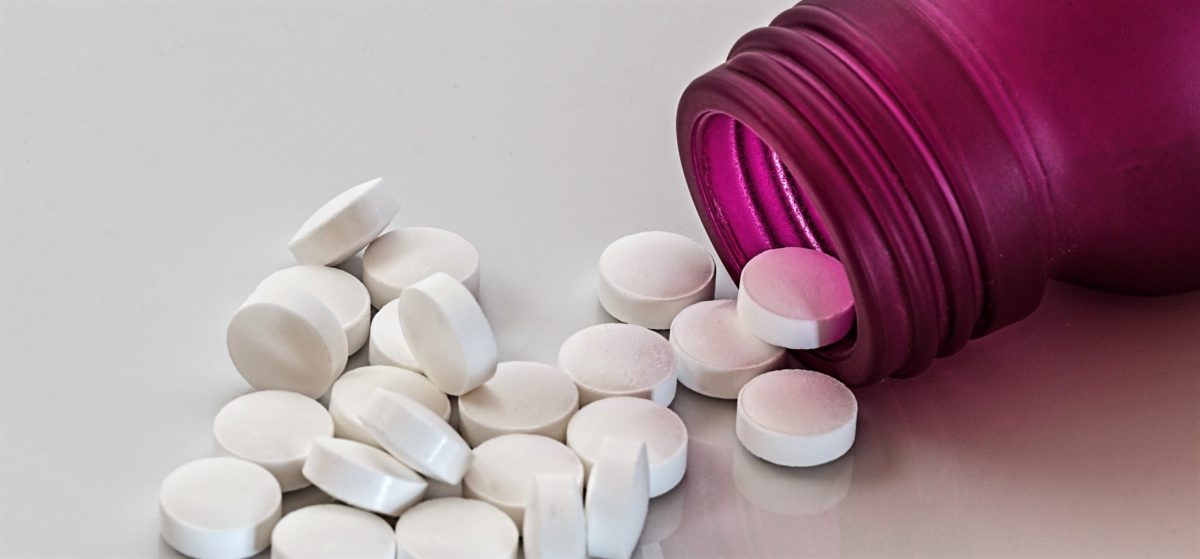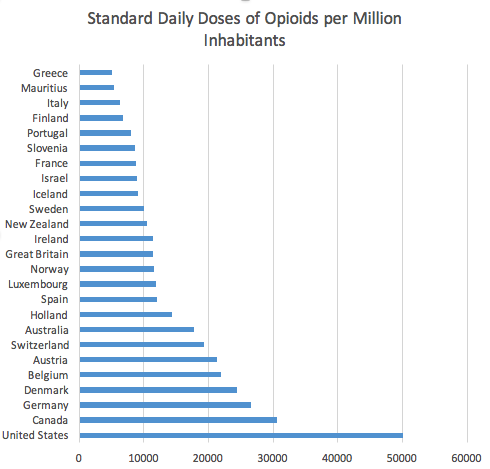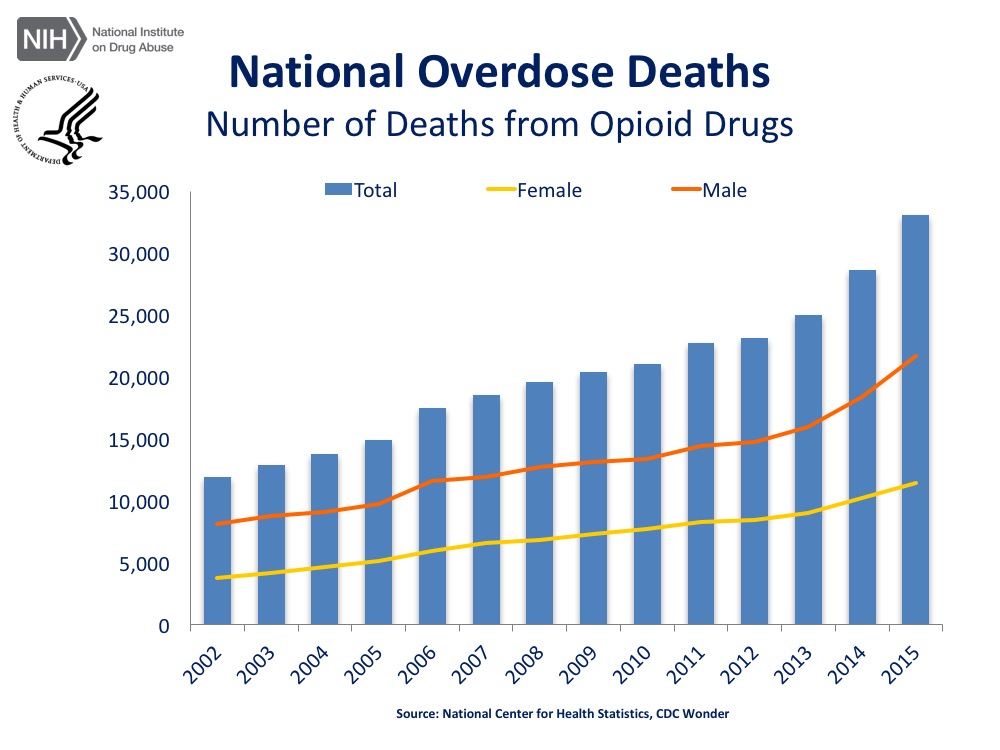Opioid Dependency: A Rising Epidemic

Opioid dependency has become one of our nation’s largest and most problematic epidemics. In 2012, more than 250 million prescriptions were written for opioids in the United States, which is enough for every adult to have their own bottle of pills
[1]. Opioids are drugs that interact with the opioid receptors on nerve cells in the brain. Once attached, the drug reduces pain and produces a euphoric sensation throughout the body, commonly referred to as a “high”. Common opioids are oxycodone, hydrocodone, heroin, codeine, morphine, and other illegal and legally prescribed painkillers. Most victims of opioid dependency are average day Americans with chronic pain and become dependent on prescription painkillers. In fact, 4 out 5 new heroin users started out misusing their prescription pain medications [2].
Scope of the Opioid Epidemic
- Every day, approximately 90 Americans overdose and die from opioid abuse [3]
- The number of opioid-related deaths has nearly tripled since 2002 [4]
- In 2015 alone, opioid overdose killed more Americans than car crashes, gun deaths, and gun homicides respectively [5]
- Americans consume more opioids than any other country in the world, beating the second largest consuming country by over 61% [5]


Source: United Nations International Narcotics Control Board
When Does Opioid Use Become a Problem
When regulated properly, opioid use is an effective way to treat acute pain that arises from surgery or injury. Endorphins are natural painkillers the body produces, but sometimes the endorphins alone aren’t enough to subdue pain. Opioids act as synthetic endorphins when they attach to the opioid receptor. While this treatment option is fine as a short term solution, misuse can lead to unintended consequences such as dependency and tolerance( the need for higher doses). As the opioid use continues, the body stops producing these natural endorphins because the synthetic endorphins produced by the opioids tricks the body into thinking the natural endorphin levels are normal. The mind and body experience withdrawals when a person using opioids regularly tries to stop consuming opioids suddenly. The lack of endorphins causes the following withdrawal symptoms:
- Mental cravings
- Shakes
- Anxiety
- Depression
- Sweating
- Insomnia
- Flu like symptoms
Along with dependency and withdrawal issues, opioid abuse overdose can lead to fatal consequences. Some common signs/symptoms of opiate overdose are pinpoint pupils, unconsciousness, and respiratory depression. Respiratory depression is a major concern associated with opioid use. The medulla oblongata is a part of the brain that is responsible for breathing and opioids interrupt that function. When a person overdoses from opioids the respiratory receptors are blocked and breathing stops, resulting in death.
Combining opiates with other sedating substances can increase a person’s risk of respiratory depression and death. The use of opiates with alcohol, even a small amount, benzodiazepines such as: alprazolam (Xanax), lorazepam (Ativan), clonazepam (Klonpin), temazepam (Resotril), diazepam (Valium) to name a few, and/or muscle relaxers can increase a person’s chance of overdose, respiratory depression and death.
How It’s Treated
There are proven treatment options that help fight opioid dependency such as psychotherapy, IOPs, naltrexone, buprenorphine, etc. Naltrexone and buprenorphine act as opioid antagonists which effectively substitutes for a full agonist opioid (such as those listed above) and stabilizes a person’s brain chemistry. The antagonist stops the development of further opioid tolerance by blocking the receptors in the brain and prevents the ability to feel high. The antagonists are useful in preventing relapse and help fight opioid dependency altogether. Naltrexone and buprenorphine have other favorable pharmacologic properties and are well-tolerated by most. They are part of a harm reduction strategy and are extremely helpful adjunct to comprehensive treatment of opioid dependency.
You can overcome your opioid dependency by taking the first step and seeking help. Effective treatment options vary from person to person, so start by talking to a psychiatrist or therapist and learn what works best for you.
What To Do If Someone Is Overdosing
Some common signs/symptoms of opiate overdose are pinpoint pupils, unconsciousness, and respiratory depression. What can you do if you, a friend, or loved one is experiencing an overdose? Act Fast. Call 911 and administer the antidote for opiates called naloxone (Narcan). It is similar to an EpiPen and can save a life. Do not hesitate to call 911 for help because you are worried about getting in trouble. You could end up saving someone’s life.
A recent survey in the US found that the distribution of approximately 50000 naloxone kits through local opioid overdose prevention programs had resulted in more than 10000 uses to reverse overdoses[6].
- 7 Centers for Disease Control and Prevention. (2014). Opioid Painkiller Prescribing, Where You Live Makes a Difference. Atlanta, GA: Centers for Disease Control and Prevention. Available at http://www.cdc.gov/vitalsigns/opioid-prescribing/.
- Jones CM. Heroin use and heroin use risk behaviors among nonmedical users of prescription opioid pain relievers – United States, 2002-2004 and 2008-2010. Drug Alcohol Depend. 2013 Sep 1;132(1-2):95-100. doi: 10.1016/j.drugalcdep.2013.01.007. Epub 2013 Feb 12
- Rudd RA, Seth P, David F, Scholl L. Increases in Drug and Opioid-Involved Overdose Deaths — United States, 2010–2015. MMWR Morb Mortal Wkly Rep. 2016;65. doi:10.15585/mmwr.mm655051e1.
- Overdose Death Rates. (2017, January). Retrieved from National Institute on Drug Abuse website: https://www.drugabuse.gov/related-topics/trends-statistics/overdose-death-rates
- Lopez, G., & Fronsten, S. (2017, March 29). How the opioid epidemic became America’s worst drug crisis ever, in 15 maps and charts [Blog post]. Retrieved from Vox website: https://www.vox.com/science-and-health/2017/3/23/14987892/opioid-heroin-epidemic-charts
- Information sheet on opioid overdose. (n.d.). Retrieved June 01, 2017, from http://www.who.int/substance_abuse/information-sheet/en/


